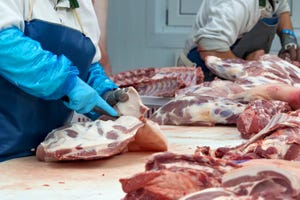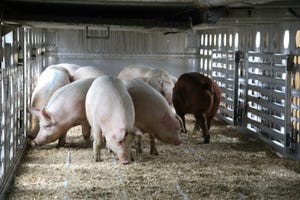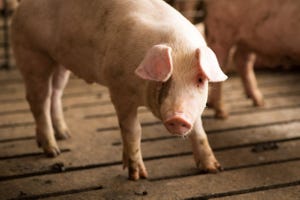Significantly Fewer PRRS Breaks Reported this Winter
March 21, 2014

Outbreaks of the porcine reproductive and respiratory syndrome (PRRS) virus seem to have slowed during the winter of 2013-2014, according to those monitoring the disease.
Steven Tousignant, DVM, with the National PRRS Incidence Project at the University of Minnesota, says the 2013-2014 PRRS epidemic season continues to be surprisingly different than previous seasons. Using the previous four years as a baseline to analyze for the expected number of breaks, he indicates that significantly fewer cumulative new PRRS breaks have been observed through December 2013 (p = 0.0002).
Like what you’re reading? Subscribe to the National Hog Farmer Weekly Preview newsletter and get the latest news delivered right to your inbox every week!
Fewer breaks were seen on a quarterly basis from both July to September (p = 0.0139), and from October to December (0.0049). Tousignant says the differences appearto have started back in the summer months.
He provides graphs here to illustrate his points.
Tousignant proposes several reasons for the decrease in PRRS breaks:
Better awareness of the PRRS epidemic seasons, leading to better biosecurity preparations
Difficulty identifying PRRS infections in herds co-infected with porcine epidemic diarrhea virus (PEDV)
Reduced PRRS diagnostics during PEDV outbreaks
Shorter duration of PRRS positive pig production during PEDV breaks
Extremely cold weather conditions across much of the Midwest
The next virulent strain of PRRS has not yet arrived
Read more about PRRS and the AASV PRRS Incidence Report at the AASV website. http://www.aasv.org/news/story.php?id=7081.
You might also like:
Stopping Dirty Air May Stymie PRRS
You May Also Like



